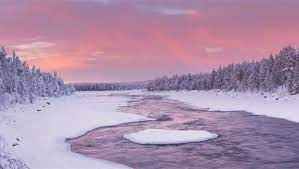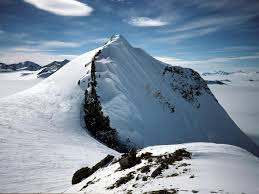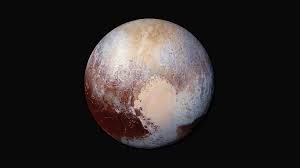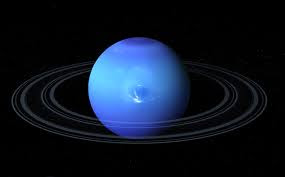Artic Region

"The Arctic Tundra: A Delicate Ecosystem in Peril" The "Arctic region" refers to the northernmost part of the Earth, surrounding the North Pole. It is characterized by its cold climate, unique ecosystems, and vast expanses of ice and snow. The Arctic Circle, an imaginary line at approximately 66.5 degrees north latitude, marks the southern boundary of this region. The Arctic is a distinct and important area with its own environmental and geopolitical significance. Key features of the Arctic region include: Climate: The Arctic climate is characterized by extremely cold temperatures, especially during the long winter months when polar nights prevail. Summers are short and relatively cool. The Arctic experiences significant seasonal variations in daylight due to the tilt of the Earth's axis. Sea Ice: The Arctic Ocean is covered by a layer of sea ice that forms during the winter and partially melts during the summe...







